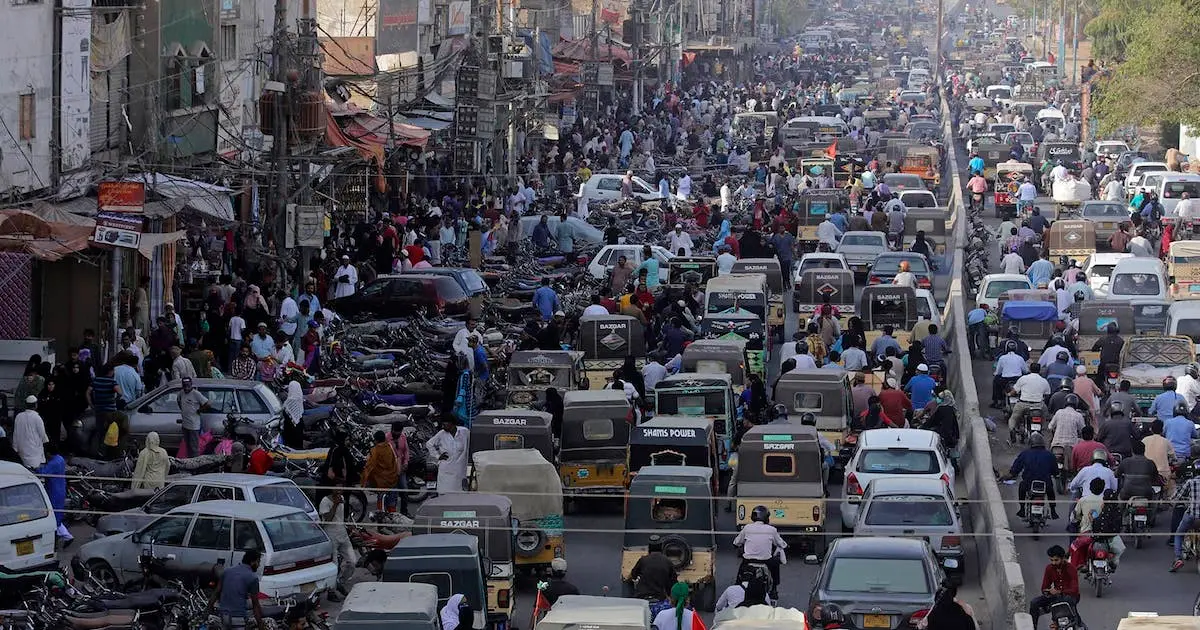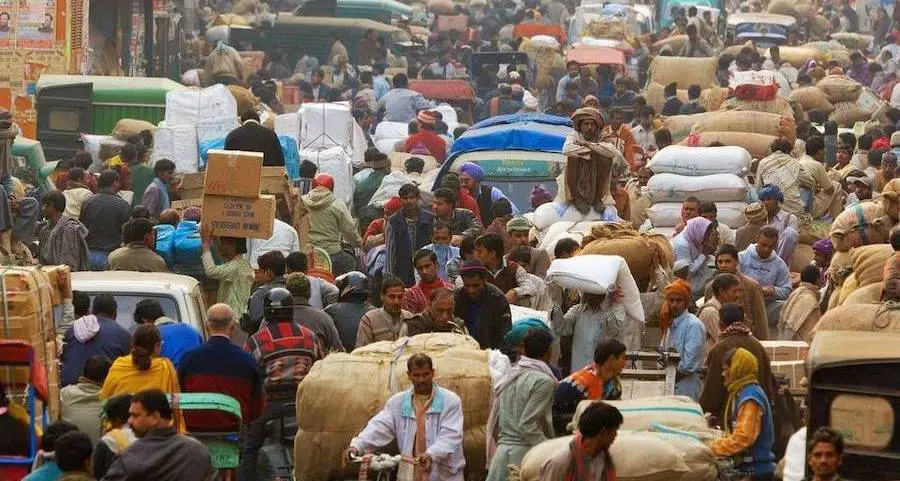The Most Densely Populated Cities On Earth
Since 1950, there has been a huge global increase in the proportion of populations living within cities, a trend that is predicted to continue for at least the next 20 years.
The need for employment and the promise of higher living standards have been the main drivers in urbanisation. Yet despite this, 1-in-3 people in urban areas globally are currently living in tightly packed slum housing.
In this article, we identify, currently, the five most densely populated cities on earth.
It’s worth noting that ‘people per square mile’ is shown as an average figure, based on each city’s square mile coverage. This means that, in the most densely populated areas of each city, the number of people per square mile is likely to be much higher than is shown.
1: Mumbai, India
People per square mile: 109,000
Population (to nearest 100,000): 20.4 million
Mumbai, formerly Bombay, is the capital of Maharashtra State and the world’s most densely populated city. Mumbai’s overpopulation problems are compounded by its peninsular location, which prevents physical expansion, forcing an ever-growing population to live in increasingly cramped conditions.
With rich and poor living virtually shoulder to shoulder, Mumbai is home to extreme financial and social divides. Air and water pollution, widespread poverty, substandard housing and the world’s most congested roads combine to make this city a challenging environment for most of its 20 million inhabitants.
2: Shanghai, China
People per square mile: 84,000
Population (to nearest 100,000): 24.2 million
The port city of Shanghai in Eastern China is one of the world’s most successful business and financial hubs, making it the wealthiest city in East Asia. For decades, Shanghai has been a magnet to migrant workers from all over China, swelling the city’s numbers and contributing to a population that has risen by an average of 3.4% per year since 2000.
Around 45% of Shanghai’s residents live within the ‘informal’ rental housing market, where high-rise urban villages are frequently home to as many as 24 people to a single 3-bedroom apartment.
3: Karachi, Pakistan
People per square mile: 80,500
Population (to nearest 100,000): 16.1 million
Karachi is the most crowded city in the Muslim world. With a spiralling population and a shortage of skilled labour, the former capital of Pakistan struggles with severe economic and social challenges.
Karachi’s chief problems include widespread poverty, high unemployment, illiteracy and a high mortality rate. Public health is also a major concern in a city where only 40% of residents are connected to the sewerage system.

4: Kolkata, India
People per square mile: 72,700
Population (to nearest 100,000): 14.9 million
Despite being home to a major port and thriving tech and manufacturing industries, Kolkata (formerly Calcutta) is a city of widespread poverty. Around two thirds of the city’s inhabitants (almost 10 million people) live in urban settlements called Bastis. Each Basti consists of a collection of tightly packed unventilated single-room huts built on rough ground.
It is predicted that Kolkata’s population could reach 20 million by 2025 and a staggering 33 million by 2050.
5: Shenzhen, China
People per square mile: 72,200
Population (to nearest 100,000): 13.0 million
Shenzhen sits in the south of China on the Pearl River Delta, immediately to the north of Hong Kong. The city’s growth has been colossal. Home to just 30,000 people in the late 1970’s, Shenzhen is now a megacity, with 13 million inhabitants.
For decades, the city has been a popular destination for unskilled migrant works, most of whom have no formal residency. Shenzhen’s housing and infrastructure has struggled to keep pace with a rapidly growing population. Cramped urban villages are continually being added to, as tiny illegal dwellings (built without planning permission) continue to appear in order to meet the voracious demand for housing.
Submitted by Friends of Retha
The Message is the ground-breaking new novel by Yan Vana, a thought-provoking and critically acclaimed debut that will change the way you think about overpopulation and the near future of earth.



Add Comment